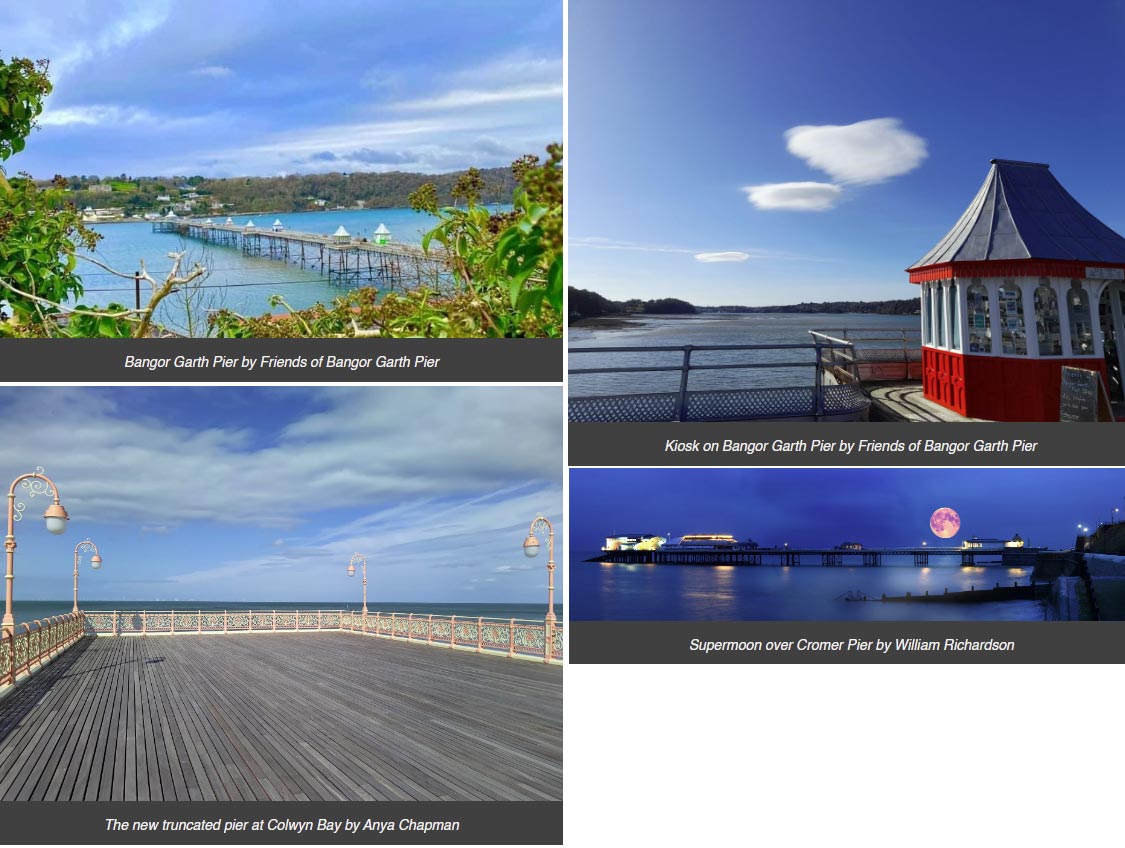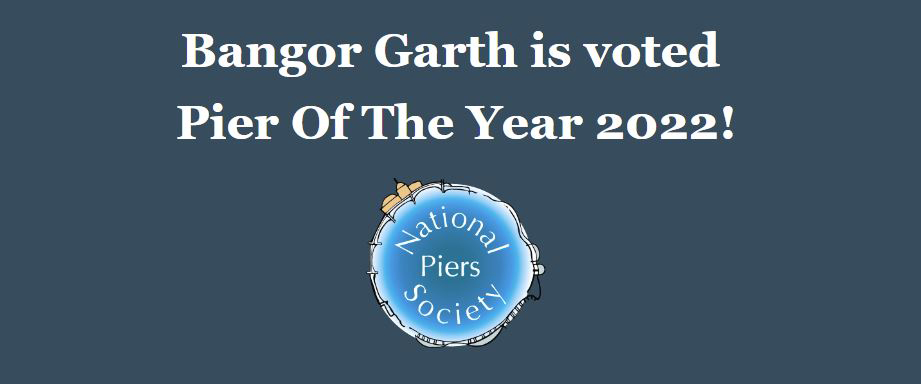The Pier Of The Year Award was inaugurated in 1997 following the success of the Year Of The Pier in 1996. It is voted for by the members of the National Piers Society. The only rules are that piers must be open for business and previous winners over the last five years are not eligible. Pier owners and trade bodies are not entitled to vote.
Previous Pier Of The Year winners have been: 2021 Clevedon (3rd time) 2020 Clacton, 2019 Worthing, 2018 Southsea South Parade, 2017 Hastings, 2016 Cleethorpes, 2015 Cromer (2nd time), 2014 Penarth, 2013 Clevedon (2nd time) 2012 Swanage, 2011 Weston-super-Mare Grand (2nd time), 2010 Boscombe, 2009 Saltburn, 2008 Deal, 2007 Southend, 2006 Worthing, 2005 Llandudno, 2004 Blackpool North, 2003 Southport, 2002 Southwold, 2001 Weston-super-Mare Grand, 2000 Cromer, 1999 Clevedon, 1998 Brighton Palace, 1997 Eastbourne.
The National Piers Society was founded under Sir John Betjeman in 1979 and currently has 900 members. The Society’s President is Gavin Henderson CBE and its Honorary Patrons are Dame Joan Bakewell, Gyles Brandreth and Timothy West CBE. It is a Limited Company and Registered Charity and aims to promote and sustain interest in the preservation and continued enjoyment of seaside piers. It publishes a quarterly magazine and advises heritage bodies, lottery companies, local authorities, production companies and the media on piers matters. Visits and talks are organised and the Annual General Meeting is held at a different seaside resort every year. In the longer term, the Society wishes to establish a network of regional branches and a National Piers Museum.
There are 63 piers remaining in the UK out of more than 100 built mainly in the Victorian and Edwardian ages. Roughly one third are owned by local authorities, one third by commercial companies and one third by private individuals or trusts. The private piers are not eligible for grant awards. Only 19 piers are Listed Buildings, the rest are unprotected. Some are truncated structures, half their original length or more. The longest is at Southend-on-Sea and the shortest at Burnham-on-Sea, both still at their original lengths. There are five remaining pier theatres, at Blackpool North, Cromer, Great Yarmouth Britannia, Weymouth and Worthing.
For further information please contact:
Avril Wayte, Chair of Friends of Bangor Garth Pier, 07974741755 avril4262@gmail.com or enquiries@bangorpier.org
Vanessa Hawkins, Press Officer, 07564228680 vanessahawkins@me.com
Kathryn Ferry, Media Relations Officer, National Piers Society 07941 805673 press@piers.org.uk


Please help us to maintain this lovely pier. Additional payments much appreciated - to help keep the pier open for all.